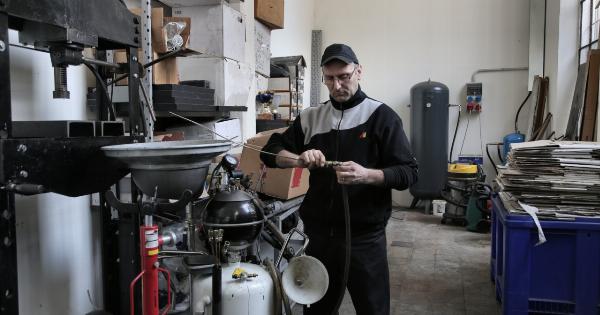Weather conditions can impact the health of individuals in various ways, including hospitalization rates. The impact of weather on hospital admission is so pronounced that researchers have been studying it for years.
According to some studies, weather plays a role in hospitalization rates for both chronic and acute conditions.
Effects of Heat
High temperatures are associated with numerous conditions such as heat stroke, dehydration, and respiratory illnesses related to air pollution.
Heat can also trigger cardiovascular and pulmonary health issues in susceptible people, resulting in hospitalization. For example, temperature extremes can cause people with heart disease to experience angina, heart attack, or heart failure. High temperatures can also exacerbate existing conditions such as asthma and COPD.
Cold Weather
Poor circulation and increased blood pressure caused by cold temperatures can lead to hospitalization for cardiovascular disease.
Low temperatures can also put a strain on the respiratory system, leading to respiratory issues related to air pollution, influenza, and pneumonia.
Humidity and Air Quality
Humidity and air pollution can negatively impact people with respiratory illnesses such as asthma, COPD, and bronchitis. High humidity can also increase the risk of heat exhaustion and cardiovascular illness.
Air pollution from natural sources like wildfires or man-made sources like factories is a major risk factor for respiratory problems that can lead to hospitalization.
Seasonal Changes
Seasonal changes such as changes in the length of daylight, temperature and humidity levels, and intensity of pollen and other allergens can contribute to fluctuations in hospitalization rates.
Winter is a prime season when hospitalization rates surge due to the increased likelihood of contracting illnesses. During fall, people with allergies and asthma tend to be at a higher risk of hospitalization. Meanwhile, during summer, heat illness and dehydration-related cases tend to be more frequent.
Region and Climate
The local weather in a certain area can impact hospitalization rates. Living in a hot and humid region that is prone to natural disasters like hurricanes can lead to a higher rate of heat stroke and respiratory problems.
An area with below-freezing temperatures can lead to a higher rate of hypothermia and frostbite cases. Similarly, an area with high levels of air pollution can lead to a higher rate of respiratory illness cases.
Vulnerable Groups
Some groups are more vulnerable when it comes to the impact of weather on hospitalization rates.
The elderly, children, pregnant women, those with chronic illnesses and health conditions, and those with poor access to healthcare are among those who face greater risks. For instance, the elderly are more susceptible to hypothermia and heat exhaustion, while children are more susceptible to asthma.
Prevention and Mitigation Strategies
Certain prevention and mitigation strategies can reduce the harmful effects of weather on hospitalization rates. For instance, heatstroke can be prevented by staying hydrated and avoiding outdoor activities during periods of extreme heat.
Exposure to air pollution can be reduced by using air filters, reducing exposure to sources of pollution, and staying indoors during peak pollution periods. Vaccines can also help prevent respiratory illnesses like influenza and pneumonia, reducing hospitalization rates.
Conclusion
Weather conditions can have a significant impact on hospitalization rates and the health of individuals in general.
Understanding how weather affects hospitalization can help us develop effective prevention and intervention strategies to reduce hospitalization rates and improve health outcomes.































